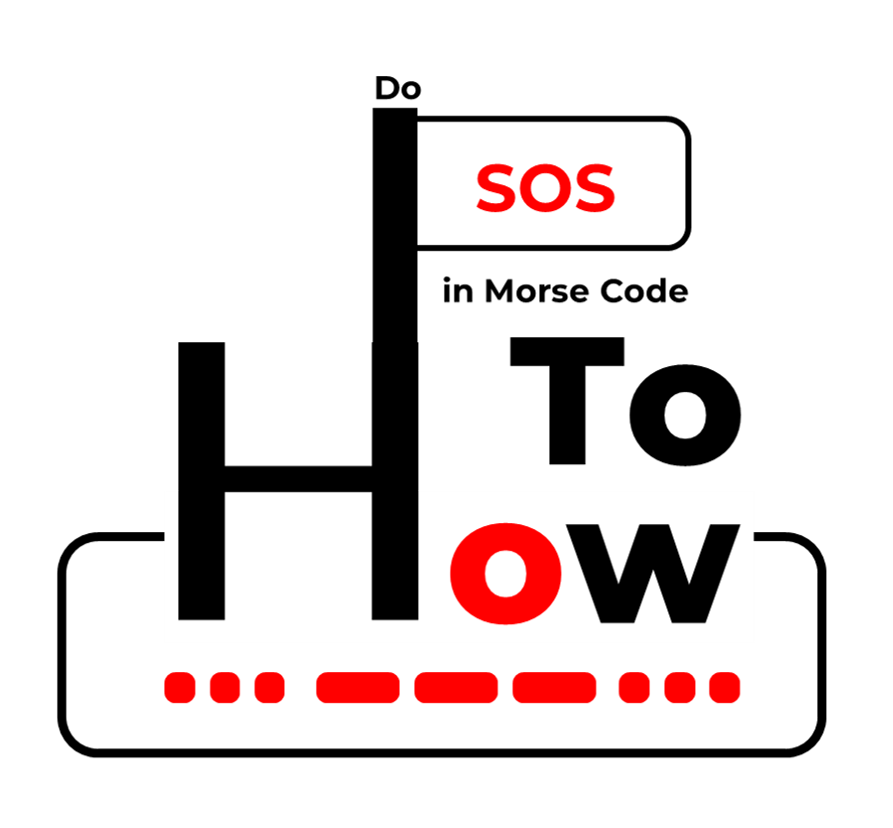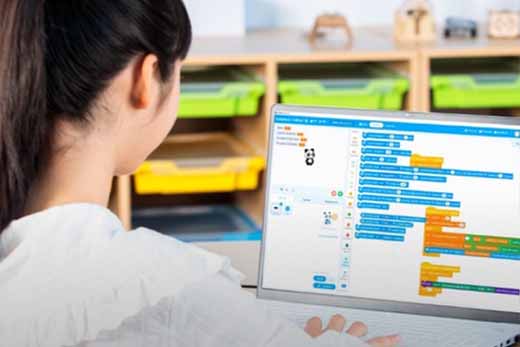Jun 29, 2023 | Makeblock
The most common distress signal is SOS: three dots, three dashes, and three dots, which is used to ask for immediate emergency help. SOS is used as a distress signal in situations such as shipwrecks, plane crashes, and other emergencies. However, SOS does not stand for ''Save Our Ship'' or ''Save Our Souls.''
SOS was never intended to be an acronym and has no direct translation. Instead, the letters S and O were selected due to their distinctiveness and simplicity. SOS is easy to recognize and transmit in emergency situations and does not resemble any other code or signal.
Wanna learn more about Morse code's history? Keep reading!

SOS: ▄ ▄ ▄ ▄▄▄ ▄▄▄ ▄▄▄ ▄ ▄ ▄
History of Morse Code
The American artist Samuel Morse, the American physicist Joseph Henry, and mechanical engineer Alfred Vail developed an electrical telegraph system. It needed a method to transmit natural language using only electrical pulses and the silence between them. Around 1837, Morse therefore developed an early forerunner to the modern International Morse code.
The Morse system for telegraphy, which was first used in about 1844, was designed to make indentations on a paper tape when electric currents were received. Morse's original telegraph receiver used a mechanical clockwork to move a paper tape. When an electrical current was received, an electromagnet engaged an armature that pushed a stylus onto the moving paper tape, making an indentation on the tape. When the current was interrupted, a spring retracted the stylus and that portion of the moving tape remained unmarked. Morse code was developed so that operators could translate the indentations marked on the paper tape into text messages.
In his earliest design for a code, Morse had planned to transmit only numerals, and to use a codebook to look up each word according to the number which had been sent. However, the code was soon expanded by Alfred Vail in 1840 to include letters and special characters, so it could be used more generally. Vail estimated the frequency of use of letters in the English language by counting the movable type he found in the type-cases of a local newspaper in Morristown, New Jersey. The shorter marks were called "dots" and the longer ones "dashes", and the letters most commonly used were assigned the shortest sequences of dots and dashes. This code, first used in 1844, became known as Morse landline code, American Morse code, or Railroad Morse, until the end of railroad telegraphy in the U.S. in the 1970s.
History of Morse Code "SOS"
Radio (initially known as "wireless telegraphy") was developed in the late 1890s, and was quickly recognized as an important aid to maritime communication. Previously seagoing vessels had adopted a variety of standardized visual and audio distress signals, using such things as semaphore flags, signal flares, bells, and foghorns. However, initially cooperation in standardizing radio distress signals was limited by national differences and rivalries between competing radio companies.
The International Morse Code includes the 26 letters of the alphabet (there is no distinction between lowercase and uppercase characters), the 10 Arabic numerals (digits from 0 to 9) and a few punctuation and arithmetic signs such as +, -, = etc.

In 1903, an Italian representative at the Berlin Preliminary Conference on Wireless Telegraphy, Captain Quintino Bonomo, discussed the need for common operating procedures, including the suggestion that "ships in distress... should send the signal SSS DDD at intervals of a few minutes". However, procedural questions were beyond the scope of this conference, so no standard signal was adopted at the time, although Article IV of conference's Final Protocol stated that "Wireless telegraph stations should, unless practically impossible, give priority to calls for help received from ships at sea".
The signal was first introduced by the International Radio Telegraphic Convention in Berlin in 1906, and it has since been widely recognized as the standard distress signal around the world.Germany was the first country to adopt the SOS distress signal as one of three Morse code sequences included in national radio regulations which became effective on 1 April 1905. In 1906, the first International Radiotelegraph Convention met in Berlin, which produced an agreement signed on 3 November 1906 that become effective on 1 July 1908. The convention adopted an extensive collection of Service Regulations, including Article XVI, which read: "Ships in distress shall use the following signal: ▄ ▄ ▄ ▄▄▄ ▄▄▄ ▄▄▄ ▄ ▄ ▄ repeated at brief intervals".
Tips for Using Morse Code
1. You may swap ‘matrix LED’ with ‘matrix animation’ if you wish.
2. Change the delays so that relationships remain the same. Morse is typically sent at a very slow speed. Try to slow down/faster!
3. Try to swap ‘matrix LED’ with ‘play beep sound’. Is orally: Di-di-dit da-da-dah di-di-dit.
Is Morse Code the Same Concept as the Computer Coding We Use Now?
No. Morse code is a character encoding that encodes a predefined set of characters (including word delimiters etc.) into a multi-character encoding consisting of 3 characters: dash, dot and space, while computer programming is the process of performing particular computations (or more generally, accomplishing specific computing results), usually by designing and building executable computer programs. Programming involves tasks such as analysis, generating algorithms, profiling algorithms' accuracy and resource consumption, and the implementation of algorithms.
Though they are different concepts, they are both a way for us to communicate. So learn both at the same time and discover the fun of life through learning!
Coding Robots for Beginners
1. Codey Rocky

Codey Rocky is an interactive emo robot with 10+ electronic modules to achieve emotional expression. It creates your own Codey Rocky with LEGO bricks, laser-cutting parts, and colorful paper. It is designed to help kids learn block-based and scratch programming.
2. mBot Ranger

mBot Ranger has 3 robot building forms to explore: a robot tank, a self-balancing robot, and a racing car, which can conquer all terrains like flat roads, grassland, gravel, and sandy beaches and supports Scratch and Arduino C programming. Kids can learn coding from beginner to expert.
3. mBot Mega

mBot Mega is an omnidirectional remote control car that supports 360° rotation and side drifting which is perfectly matched with Scratch. It is an ideal STEM kit for kids to learn electronics, engineering and coding. Kids can explore learning coding fun in mBot Mega's multiple functions: obstacle avoidance, line following, and remote control.




